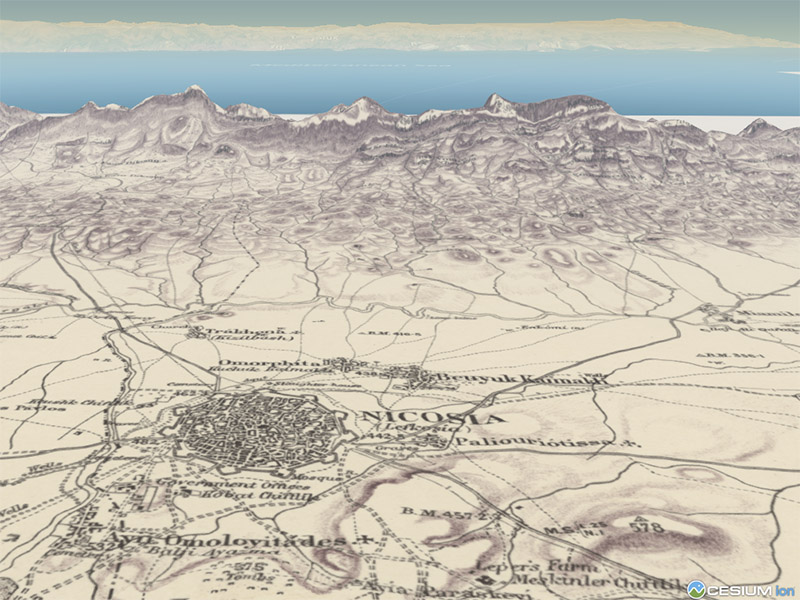

Dark and Light - map styles designed as a discreet background for additional geodata.Basic - map containing only basic information.

Satellite - a mixture of satellite and aerial imagery with labels and streets from OSM.Streets - a general-purpose map with highlighted road infrastructure.Most of the maps are based on OpenStreetMap data some have additional Natural Earth data on lower zoom levels and town labels from Wikidata. TileServer PHP - map tile server based on PHP.TileServer-GL - map tile server based on node.js.epsg.io - database of all spatial coordinate systems.
#MAPTILER ONLINE SOFTWARE#

Bing Maps Tile System, using Quadkeys for addressing.TileJSON: a lightweight JSON description of all the parameters associated with a web map, created by Mapbox.The de facto XYZ standard referred to above.Web Map Tile Service: a more recent Open Geospatial Consortium (OGC) standard.One difference is the y axis is positive southwards in TMS, and northwards in OpenStreetMap. Tile Map Service: an early standard supported by OpenLayers.(That is, the same as the previous with the Y value flipped.) There are three main numbering schemes in use: Images are served through a Web server, with a URL like where Z is the zoom level, and X and Y identify the tile.The de facto OpenStreetMap standard, known as Slippy Map Tilenames or XYZ, follows these and adds more: The Web Mercator projection is used, with latitude limits of around 85 degrees.This means that about 22 zoom levels are sufficient for most practical purposes. Each zoom level doubles in both dimensions, so a single tile is replaced by 4 tiles when zooming in.At the outer most zoom level, 0, the entire world can be rendered in a single map tile.Most tiled web maps follow certain Google Maps conventions: Properties of tiled web maps that require convention or standards include the size of tiles, the numbering of zoom levels, the projection to use, the way individual tiles are numbered or otherwise identified, and the method for requesting them. Vector map tiles may also be rotated separately from any text overlay so that the text remains readable. Vector tiles are rendered by the client browser, which can thus add a custom style to the map. While many map tiles are in raster format (a bitmap file such as PNG or JPG), the number of suppliers of vector tiles is growing. Also, displaying rendered images served from a web server is less computationally demanding than rendering images in the browser, a benefit over technologies such as Web Feature Service (WFS). It also allows individual tiles to be pre-computed, a task easy to parallelize. This greatly improves the user experience, compared to fetching a single map image for the whole viewport.

Each time the user pans, most of the tiles are still relevant, and can be kept displayed, while new tiles are fetched. There are several advantages to tiled maps. The first tiled web maps used raster tiles, before the emergence of vector tiles. Google Maps was one of the first major mapping sites to use this technique. It is the most popular way to display and navigate maps, replacing other methods such as Web Map Service (WMS) which typically display a single large image, with arrow buttons to navigate to nearby areas. Tiled web maps are normally displayed with no gap between tiles.Ī tiled web map, slippy map (in OpenStreetMap terminology) or tile map is a map displayed in a web browser by seamlessly joining dozens of individually requested image or vector data files. An exaggeration of a tiled web map, in this case the default OpenStreetMap style near Melbourne, Australia.


 0 kommentar(er)
0 kommentar(er)
